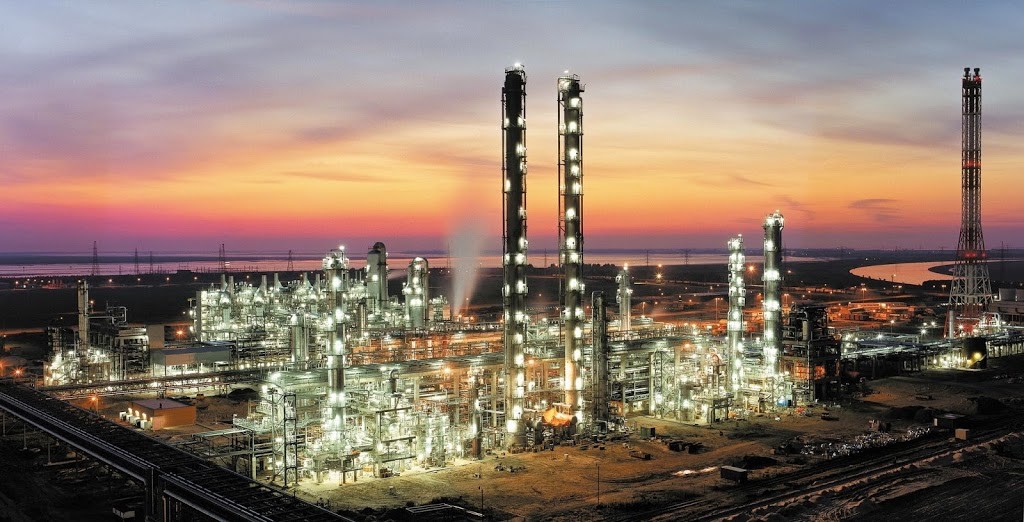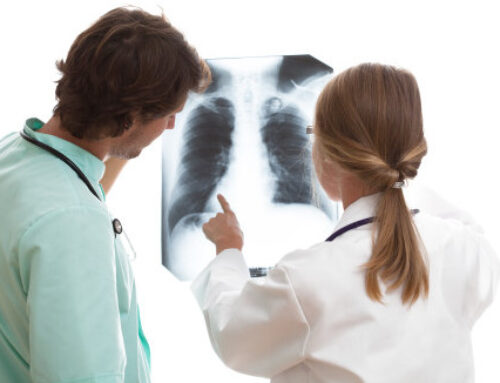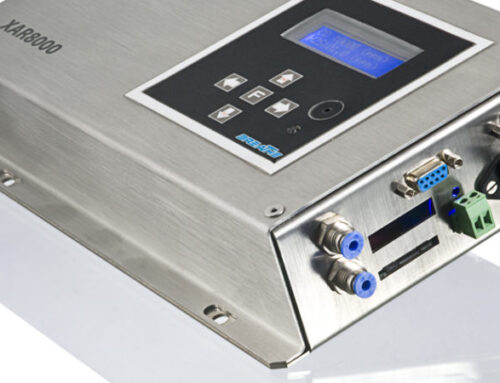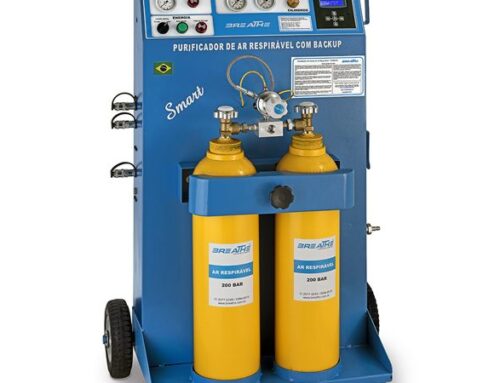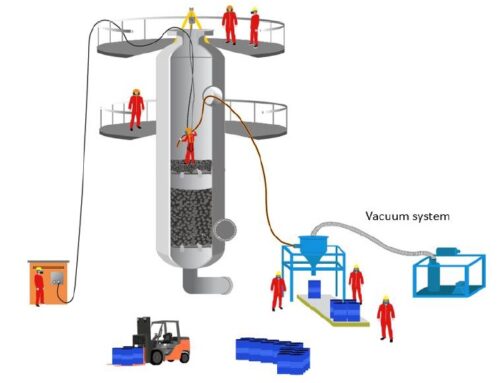Occupational gas limits
Occupational gas limits. ACGIH and Occupational Exposure Limits TLVs. American Conference of Governmental Industrial Hygienists (ACGIH) is a professional association of industrial hygienists and practitioners of related professions, based in Cincinnati, USA. One of its objectives is to promote the protection of workers, providing timely and objective scientific information to occupational and environmental health professionals.
Occupational gas limits – History
The National Governmental Conference of Industrial Hygienists (NCGIH) was convened on June 27, 1938, in Washington-DC, originally limited to its full membership for two representatives of each governmental agency for industrial hygiene. In 1946, the organization changed its name to the American Government Conference of Industrial Hygienists (ACGIH) and offered full membership to all industrial hygiene personnel within the agencies, as well as government industrial hygiene professionals from other countries. Today, participation is open to all occupational health, environmental and industrial safety professionals.
ACGIH currently focuses its energies on 11 committees on a variety of topics: agricultural health and safety, air sampling instruments, bioaerosols, biological exposure limits, computing, industrial ventilation, infectious agents, small businesses, TLVs from chemical substances, occupational exposure limits for chemical agents – TLVs and physicists.
Occupational exposure limits TLVs and BEIs
ACGIH establishes occupational exposure limits (The threshold limit value – TLV) for chemical substances, physical agents and biological exposure indexes (BEIs).
Undoubtedly, one of ACGIH’s best known works is the exposure limits for chemical substances (TLV-CS), established by the Committee in 1941. This group was charged with investigating, recommending, and annually reviewing exposure limits for substances chemical. It became a permanent commission in 1944. Two years later, the organization approved its first list with 148 exposure limits, then referred to as maximum allowable concentrations. The term “limit values (TLV)” was introduced in 1956. The first documentation of limit values was published in 1962. A new edition is published each year. Today’s list of TLVs includes more than 600 chemicals and physical agents, as well as more than 30 biological exposure indexes (EIBs) for important chemicals in the industry.
The TLVs and BEI are developed as guidelines to assist in the control of health risks. These recommendations or guidelines are intended for the practice of industrial hygiene in the workplace during working hours and should be interpreted and applied only by a person trained in this discipline.
The Brazilian Association of Occupational Hygienists translated the version from English into Portuguese and can be obtained through the website ABHO.

